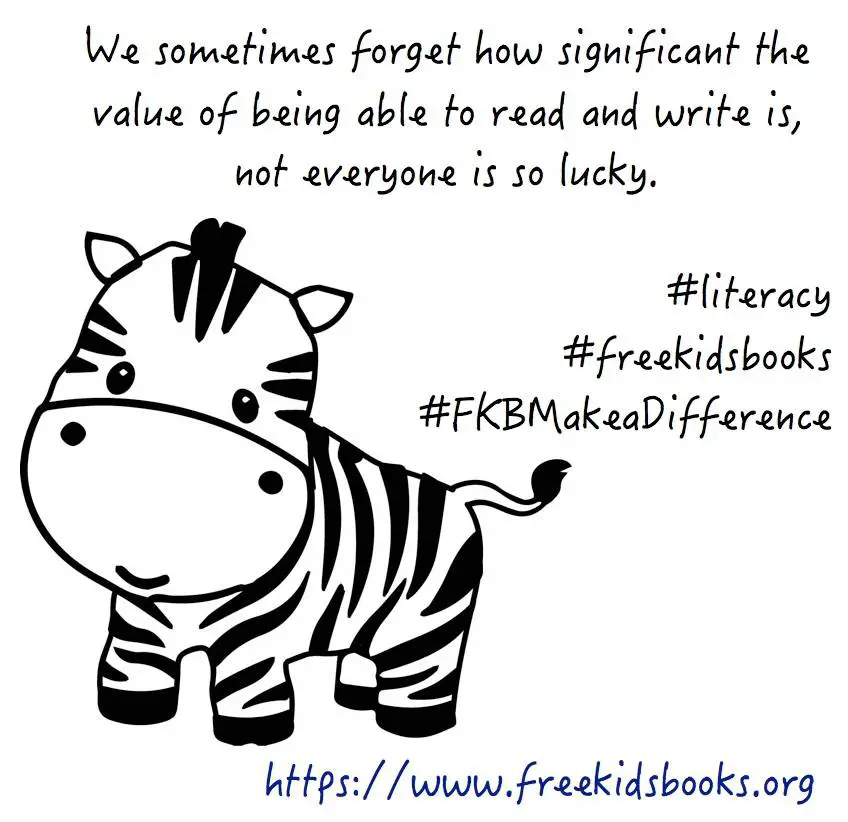 This is the number 3 book in the Happy Maths series, where children can learn about maths from a series of stories that convert maths problems into fun adventures. Book 3 in the series deals with measurements.
This is the number 3 book in the Happy Maths series, where children can learn about maths from a series of stories that convert maths problems into fun adventures. Book 3 in the series deals with measurements.
Sample Text from Happy Maths 3
Sankhya and Ganith have been learning a lot of things in their mathematics class. Join Sankhya and Ganith in their happy discoveries about mathematics. Zzero and Eka are friends of Sankhya and Ganith.
In this book, Sankhya and Ganith have fun measuring a lot of things.
Sankhya and her younger brother Ganith enjoy each other’s company.
They go to school together and they play together.Sometimes they fight with each other.
One day they climbed to the top of Meghdoot Hill. They shouted as loudly as they could.
“I can shout louder than you!” shouted Sankhya. “No, I can shout louder than you,” screeched Ganith.
Sankhya and Ganith have learnt to measure many things. They were surprised to learn that we can measure almost anything.
We can even measure how loudly we shout! Measurement and managing information are part of mathematics. Using mathematics in our life can be very entertaining and useful.
Let’s Measure
How big is this book? “It’s very long,” says Sankhya. “It’s not so thick,” declares Ganith.
“It is broader than our history textbook,” says Sankhya.
An object has several sides to be measured. Measurement is used to compare sizes. We use different units to measure each part of an object.
A book has a regular shape and is easy to measure. Let’s see how many fingers wide the top of the book is. “12 fingers,” says Sankhya, using four fingers of her left hand, then four fingers of her right, and again four fingers of her left hand.
“10 fingers,” says Ganith, whose fingers are a little chubbier than Sankhya’s.
Ganith picks up a ruler, and measures the top of the book. “12 cm,” he says.
1. If the width of the book is 12 cm, on an average what is the width of each of Sankhya’s fingers? 2. What is the average width of Ganith’s fingers?
3. Use the ruler to find your height and that of your friends.
4. Can you think of ways to find the width of your classroom without using your ruler or any other measuring device repeatedly? (You may use it ONCE!)
<End of sample>
Read the full book, Happy Maths 3, by selecting one of the buttons below the post.
See Happy Maths 1 and 2 on our site, and look our for happy math 4 coming soon!
See more books about Maths in our Maths section
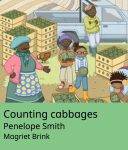 Counting Cabbages – Early grade maths - Doobie, Maya, and Duksie help Mama K in her vegetable garden on Saturday mornings so that Baba K can take the vegetables to the market. In this cute story the three children count the cabages into the boxes then the boxes into the truck, then they count out a treat they have to share. Have ...
Counting Cabbages – Early grade maths - Doobie, Maya, and Duksie help Mama K in her vegetable garden on Saturday mornings so that Baba K can take the vegetables to the market. In this cute story the three children count the cabages into the boxes then the boxes into the truck, then they count out a treat they have to share. Have ...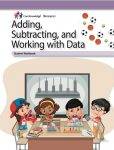 Adding, Subtracting, and Working with Data – Grade 1 Workbook - A great workbook for teachers or homeschoolers, featuring exercises, games, and opportunities for learning. This book comes with a teacher guide and it is important to read both together. Creator: Core Knowledge Foundation Sample Page from Adding, Subtracting, and Working with Data Spread the love
Adding, Subtracting, and Working with Data – Grade 1 Workbook - A great workbook for teachers or homeschoolers, featuring exercises, games, and opportunities for learning. This book comes with a teacher guide and it is important to read both together. Creator: Core Knowledge Foundation Sample Page from Adding, Subtracting, and Working with Data Spread the love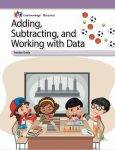 Adding, Subtracting, and Working with Data – Grade 1 Teacher Guide - The teachers guide to Adding, Subtracting, and Working with Data – Grade 1 Workbook. A great workbook for teachers or homeschoolers, featuring exercises, games, and opportunities for learning. This book supplements the student workbook and it is important to read both together. Creator: Core Knowledge Foundation Sample Page from Adding, Subtracting, and Working with Data ...
Adding, Subtracting, and Working with Data – Grade 1 Teacher Guide - The teachers guide to Adding, Subtracting, and Working with Data – Grade 1 Workbook. A great workbook for teachers or homeschoolers, featuring exercises, games, and opportunities for learning. This book supplements the student workbook and it is important to read both together. Creator: Core Knowledge Foundation Sample Page from Adding, Subtracting, and Working with Data ... How Many? – Counting and simple addition - In this book we meet beautifully illustrated creatures and count how many to answer simple addition problems. Author: Sudeshna Shome Ghosh, Illustrator: Sayan Mukherjee. Another great book from Pratham and Storyweaver. – See many more books like this in our Maths Category. Read the full book by selecting one of the buttons below the post. ...
How Many? – Counting and simple addition - In this book we meet beautifully illustrated creatures and count how many to answer simple addition problems. Author: Sudeshna Shome Ghosh, Illustrator: Sayan Mukherjee. Another great book from Pratham and Storyweaver. – See many more books like this in our Maths Category. Read the full book by selecting one of the buttons below the post. ...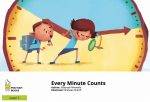 Every Minute Counts - Adil is always late to school. This makes his teachers very angry. But why is he always late? His friend Paro helps him work out where the extra minutes go. Does he need to wake up one hour earlier or maybe a little more? This book was brought to us by Pratham’s Storyweaver platform. See ...
Every Minute Counts - Adil is always late to school. This makes his teachers very angry. But why is he always late? His friend Paro helps him work out where the extra minutes go. Does he need to wake up one hour earlier or maybe a little more? This book was brought to us by Pratham’s Storyweaver platform. See ...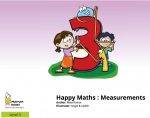 Happy Maths 3 – Measurements - This is the number 3 book in the Happy Maths series, where children can learn about maths from a series of stories that convert maths problems into fun adventures. Book 3 in the series deals with measurements. Sample Text from Happy Maths 3 Sankhya and Ganith have been learning a lot of things in their ...
Happy Maths 3 – Measurements - This is the number 3 book in the Happy Maths series, where children can learn about maths from a series of stories that convert maths problems into fun adventures. Book 3 in the series deals with measurements. Sample Text from Happy Maths 3 Sankhya and Ganith have been learning a lot of things in their ... How Pintu Found Pi – A maths story - How Pintu Found Pi – Math Story, Pintu is lonely in his new school. Whenever he approaches his classmates, they form a closed circle. Then Pintu finds Pi. Discover Pi with Pintu – easy explanations that help remember what is Pi for middle-grade maths. Author: Sarat Talluri Rao, Illustrator: Aratrika Choudhury Sample Text from How ...
How Pintu Found Pi – A maths story - How Pintu Found Pi – Math Story, Pintu is lonely in his new school. Whenever he approaches his classmates, they form a closed circle. Then Pintu finds Pi. Discover Pi with Pintu – easy explanations that help remember what is Pi for middle-grade maths. Author: Sarat Talluri Rao, Illustrator: Aratrika Choudhury Sample Text from How ... My Maths Workbook Grade 2 - My Maths Workbook Grade 2 has many sums for a Grade 2 level student, perfect for practice sessions or home school. See more Grade 2 books in our Grade 2 Workbooks section See more books about maths below Spread the love
My Maths Workbook Grade 2 - My Maths Workbook Grade 2 has many sums for a Grade 2 level student, perfect for practice sessions or home school. See more Grade 2 books in our Grade 2 Workbooks section See more books about maths below Spread the love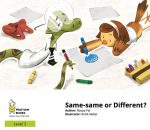 Same-Same or Different? Being friends despite differences - Can you only be friends with people who are exactly like you? Is it wrong to be best friends with someone who is different? Learn to SORT OUT the answers to these questions, mathematically, and humanely, with Snake and Sparrow in this heartwarming story about friendship despite differences. This story about being friends despite differences ...
Same-Same or Different? Being friends despite differences - Can you only be friends with people who are exactly like you? Is it wrong to be best friends with someone who is different? Learn to SORT OUT the answers to these questions, mathematically, and humanely, with Snake and Sparrow in this heartwarming story about friendship despite differences. This story about being friends despite differences ... How Many – Early Maths Colouring Book - How Many is a fun early maths colouring book with animals and bugs. It includes pages like how many eyes do six cats have, including early multiplication skills. Sample Page How Many – Early Maths Colouring Book See more of our colouring books below Sponsored Links: Note – if you sign up ...
How Many – Early Maths Colouring Book - How Many is a fun early maths colouring book with animals and bugs. It includes pages like how many eyes do six cats have, including early multiplication skills. Sample Page How Many – Early Maths Colouring Book See more of our colouring books below Sponsored Links: Note – if you sign up ...
